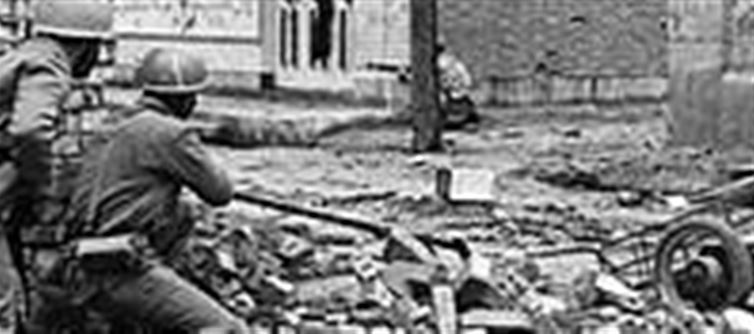
Israel and iran are currently standing on the brink of war. America is also constantly threatening to jump into this war. Iran's capital Tehran is being evacuated, because israel is constantly hitting Iran's major bases with missiles and drones. In retaliation, iran has attacked many cities of Israel with missiles. Apart from this tension, today we tell you about the war between iran and iraq, in which millions of people died. Know what happened in this war and how many people were killed?
War between iran and Iraq
There have been many wars in the world, whose imprint is still visible today. One of these is the war between iraq and Iran. This war left a deep mark on the history of the Middle East. This war lasted from 1980 to 1988, the reason for which was political, religious and regional dominance etc. Actually, what happened was that by the 1980s, the situation between iran and iraq had become quite tense. It seemed that both countries could attack each other at any time. On 22 september 1980, Iraqi dictator Saddam Hussein started the war by attacking Iran. Saddam's aim was to take advantage of the Islamic revolution going on in iran at that time and capture the areas along the Shat-al-Arab river. However, it was not so easy for Saddam. About five lakh people died in this war. However, in some reports this figure is said to be 10 lakh.
The genocide lasted for 8 years
This genocide between the two countries lasted for 8 years, due to which this war is compared to a world war. It is estimated that during this war 200,000-240,000 Iranians and 105,000-200,000 Iraqis were killed. At the same time, about 10 lakh people were affected. Something happened in this war which put humanity to shame. Actually, Iraqis used extremely dangerous weapons against Iranian soldiers, out of which mustard gas was the most lethal. Thousands of civilians and soldiers lost their lives due to this gas. Lakhs of people were injured and displaced. In 1988, both the countries agreed on a ceasefire with the mediation of the United Nations.




 click and follow Indiaherald WhatsApp channel
click and follow Indiaherald WhatsApp channel